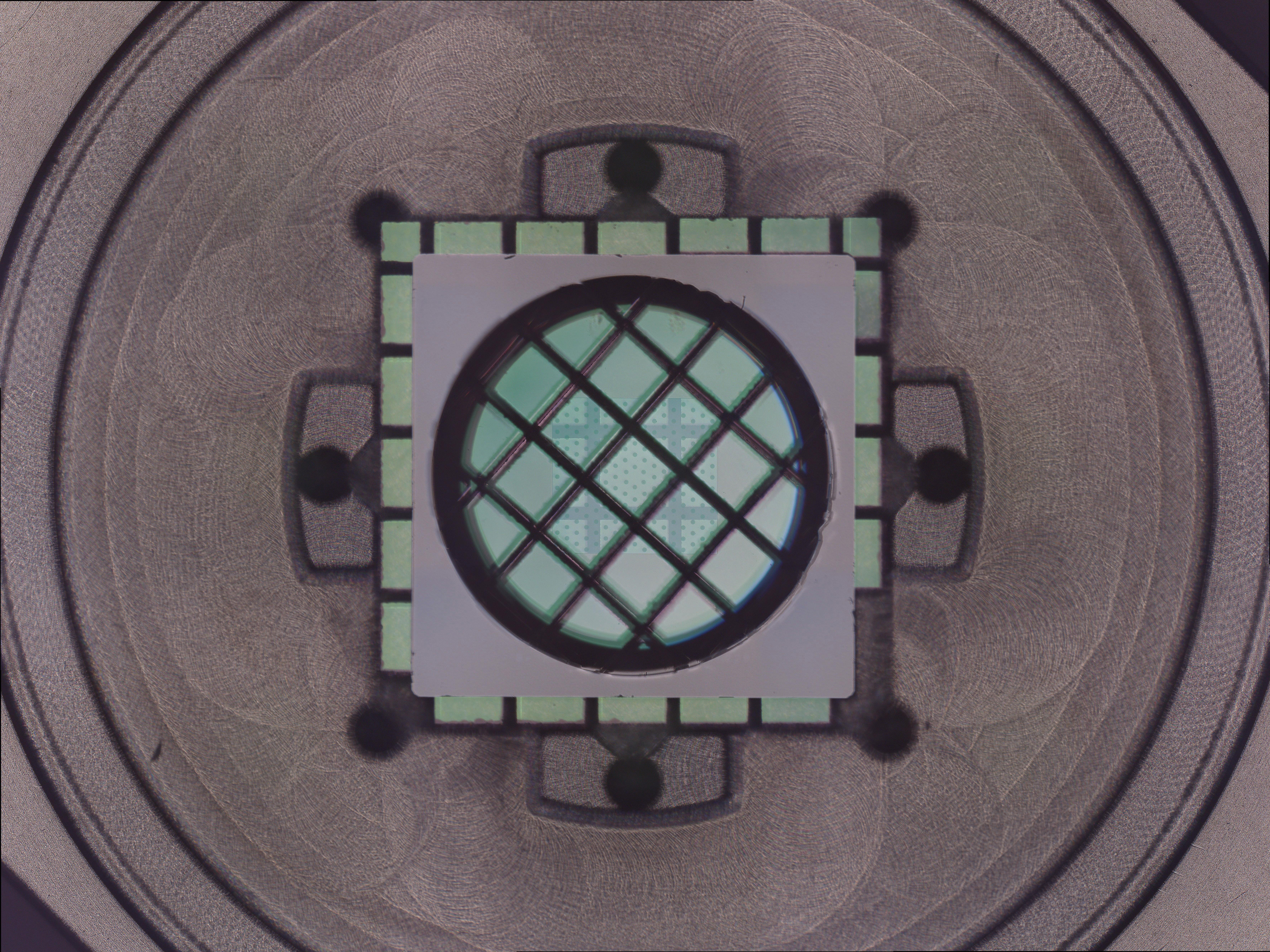Mechanical systems designed to manipulate the quantum properties of light struggle at room temperature. There are simply too many sources of noise that disrupt the quantum system. Some depend on the mechanical part, like low quality, others on the optical properties, and others still on thermal effects. Researchers have now developed a setup that allows using a quantum optomechanical system at room temperature for the first time.
There is interest in these systems for experimental investigation as well as intriguing applications. They can be used to measure small masses, signals (like magnetic fields), and even forces (like gravity). Removing the need for temperature near absolute zero gets rid of a major obstacle to using quantum technologies outside the lab.
“Reaching the regime of room temperature quantum optomechanics has been an open challenge since [sic] decades,” co-team leader Tobias J. Kippenberg, from the Ecole Polytechnique Fédérale De Lausanne, said in a statement. “Our work realizes effectively the Heisenberg microscope – long thought to be only a theoretical toy model.”
The system uses light and mechanical motion to influence moving objects with high precision. The setup used a cavity to trap light within special mirrors pattered in crystal-like structures. Within the cavity, there is a 4-millimeter (0.16-inch) drum-like device. This is a mechanical part.

The crystal-like cavity mirrors with the drum in the middle.
Image Credit: Guanhao Huang/EPFL
Combined together, the system allowed researchers to perform “optical squeezing” at room temperature. This a quantum phenomenon based on Heisenberg’s Uncertainty Principle. One property of light (for example its intensity) is manipulated so that it has less fluctuation and that is balanced by a related one (such as phase), increasing in fluctuations.
“The drum we use in this experiment is the culmination of many years of effort to create mechanical oscillators that are well-isolated from the environment,” said co-team leader Nils Johan Engelsen.
“The techniques we used to deal with notorious and complex noise sources are of high relevance and impact to the broader community of precision sensing and measurement,” added Guanhao Huang, one of the two PhD students leading the project.
The setup demonstrates that you can manipulate a quantum system even at room temperature. Given how common quantum optomechanical systems are in conducting quantum measurements, this development is bound to have exciting consequences.
“The system we developed might facilitate new hybrid quantum systems where the mechanical drum strongly interacts with different objects, such as trapped clouds of atoms,” added Alberto Beccari, the other PhD student leading the study. “These systems are useful for quantum information, and help us understand how to create large, complex quantum states.”
A paper describing the results is published in the journal Nature.
Source Link: Heisenberg Microscope Achieved At Room Temperature For The First Time